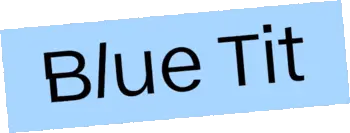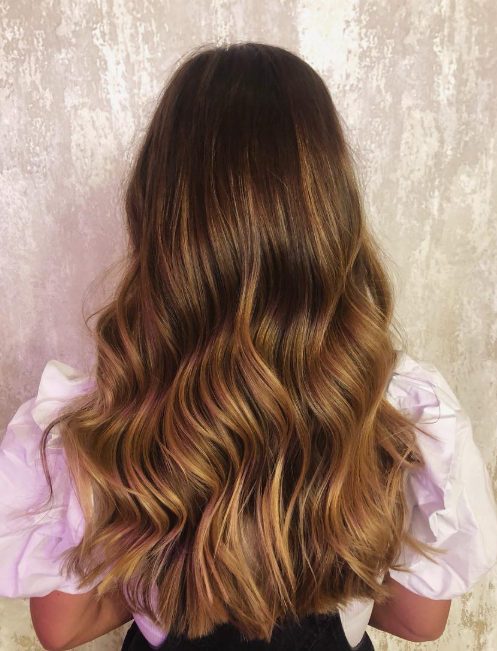The definitive guide to balayage: what it is, who it suits & why it’s (still) so popular
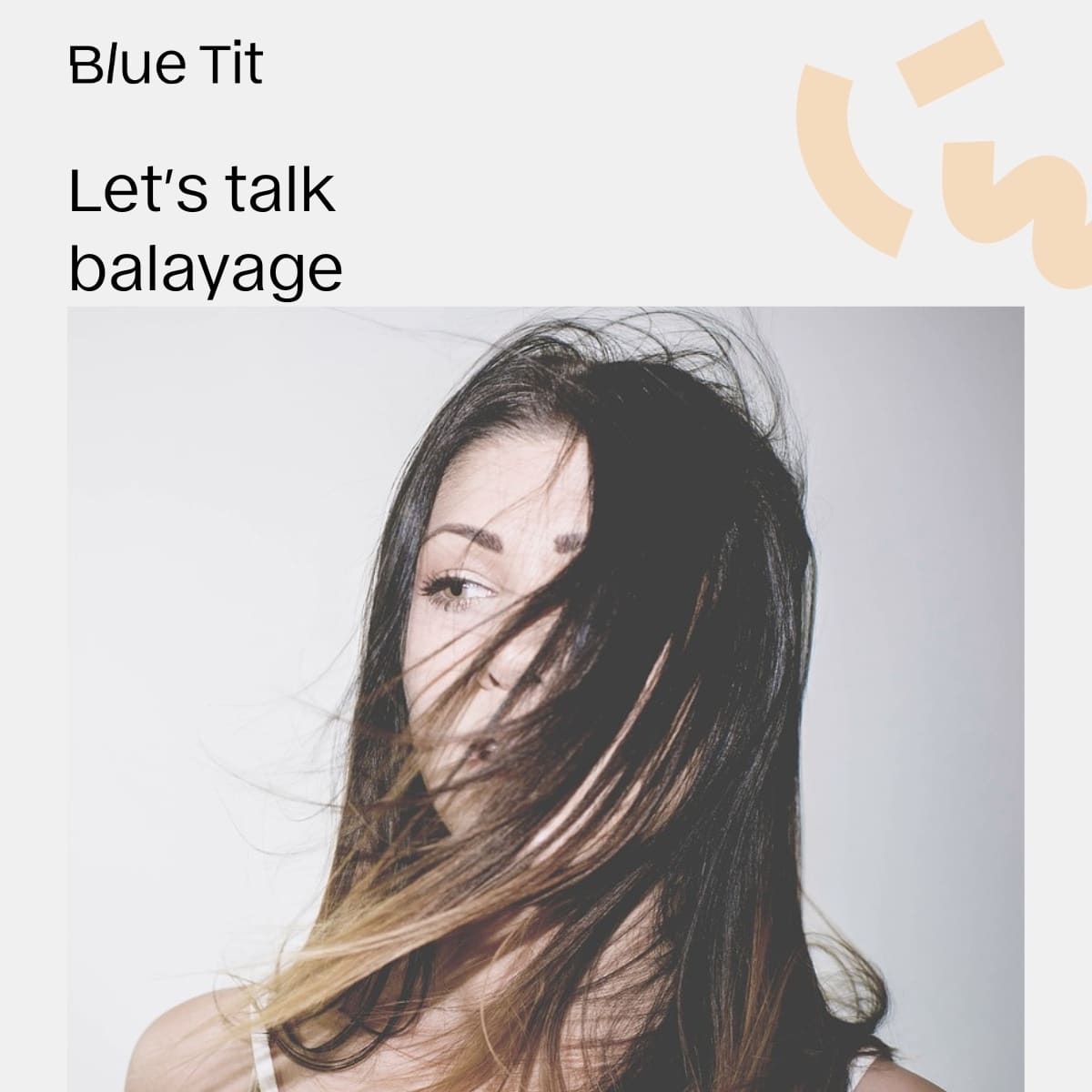
Declan Haworth Colour & Technical Director at Blue Tit London breakdown all that is balayage…
Balayage has been doing the rounds on Instagram, Pinterest and pretty much every celeb red carpet since the early 2000s. But the truth? This lived-in, sun-kissed colour technique has roots (pardon the pun) way deeper than that. Balayage is French for “to sweep”, it actually dates back to the 1970s, and while trends come and go, this one’s proved it has serious staying power.
So, what exactly is balayage, how is it different from highlights, and crucially, is it right for you? We sat down with Declan Haworth to get the lowdown. Spoiler alert: it’s not just about the vibe, it’s about the technique.
First things first: what is balayage?
“Balayage is a technique,” says Declan. “It’s not a result. That’s the biggest confusion we see in salons.”
Unlike highlights, which are typically done with foils or the airtouch technique and create strong contrast from root to tip, balayage is painted on freehand, usually mid-length down. It creates a softer, more natural look that mimics how the sun might lighten your hair over time. Think: golden streaks after a long summer, rather than icy stripes fresh out of the foil.
Traditional balayage is “a progressive lightening service,” Declan explains. “You’d come in every few months and build it up gradually – it’s subtle, layered and lived-in.” The end colour depends on the colour of your hair to start with, it’s lightening from that base colour.

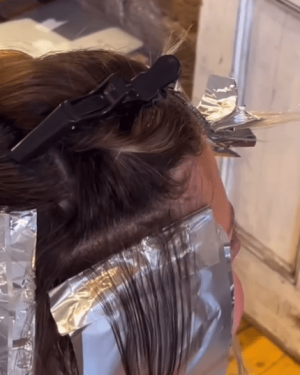
Balayage vs highlights vs foilyage: what’s the difference?
Here’s your cheat sheet:
Balayage = freehand painted colour, low-maintenance, soft and natural grow-out, gradual build-up
Highlights = traditional foils, strong contrast, more upkeep, higher lift in one sitting
Foilyage = a hybrid of both – hand-painted sections that are then wrapped in foil to achieve more lift and brightness
Still confused? You’re not alone.
“The word ‘balayage’ has basically become a catch-all,” says Declan. “But what most clients think is balayage is often foilyage. We’re using foil to incubate the colour and get a cleaner, lighter lift – but we’re still painting it on in a balayage style.”
So if you’ve saved a pic of icy blonde ends and soft root melt, chances are, it wasn’t classic balayage – it was foilyage. The difference? Balayage on its own gives you that subtle, sun-kissed look over time. Foilyage is a more controlled lift that gets you dramatic brightness in fewer sessions.
If you’re after platinum blonde ends and a sharp root contrast, that’s not balayage either – even if that’s what Google Images tells you. “We’ve had clients sit in the chair with an inch of root and totally blonde ends saying they want a balayage. But that’s not how the technique works.”
In fact, a lot of what’s marketed as balayage these days is actually “foilyage” – a blend of foils and freehand painting to achieve more lift. “The word balayage is everywhere, but we need to get better at helping people understand the difference,” says Declan.
The takeaway? Don’t stress too much about the terminology – but do book a consultation so your stylist can help match the technique to your goals (and your starting point).
So… who is balayage for?
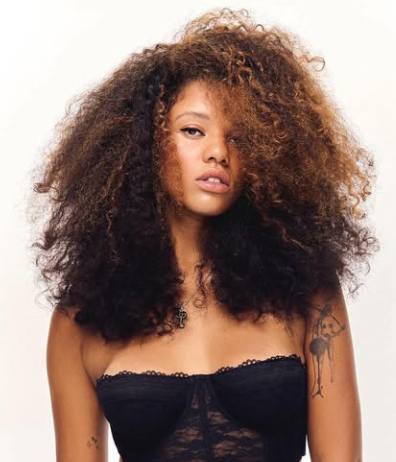
If you want subtle enhancement, a sunkissed lift, and a colour that grows out gracefully then balayage could be your new best friend.
“It’s ideal for someone who wants a lower maintenance colour that builds over time. It’s not for high-contrast, dramatic changes. And we’re not here for the bleach overload either. We use gentle, organic colour like Oway that’s kinder to your hair and the planet.”
That said, balayage can work on most hair types, including curls and short crops. The secret? A solid consultation. “The best results come when we talk through your goals properly. That way we can match the technique to your starting point and your hair history – especially if you’ve been dyeing for years.”
Can you do balayage on black or dark hair?
Absolutely. But the results will be different to what you might see on someone with a lighter base. “You’re not going to walk out with platinum ends after one session if you’ve got naturally dark hair. You need a realistic plan – sometimes that’s balayage, sometimes it’s a different service entirely.”
Declan’s tip? Think beachy caramels and toffee tones rather than ash blondes, unless you’re starting with a lighter base.
What if you have some grey hair?
Good news: balayage isn’t just for twenty-somethings. “We don’t use balayage to ‘cover’ greys – we use it to camouflage them,” explains Declan. “It tricks the eye. A few lighter pieces around the temples can make greys less noticeable without the harsh grow-out.”
It’s also a great option if you’re starting to embrace natural silver and want a softer way to transition.
What colours work best?
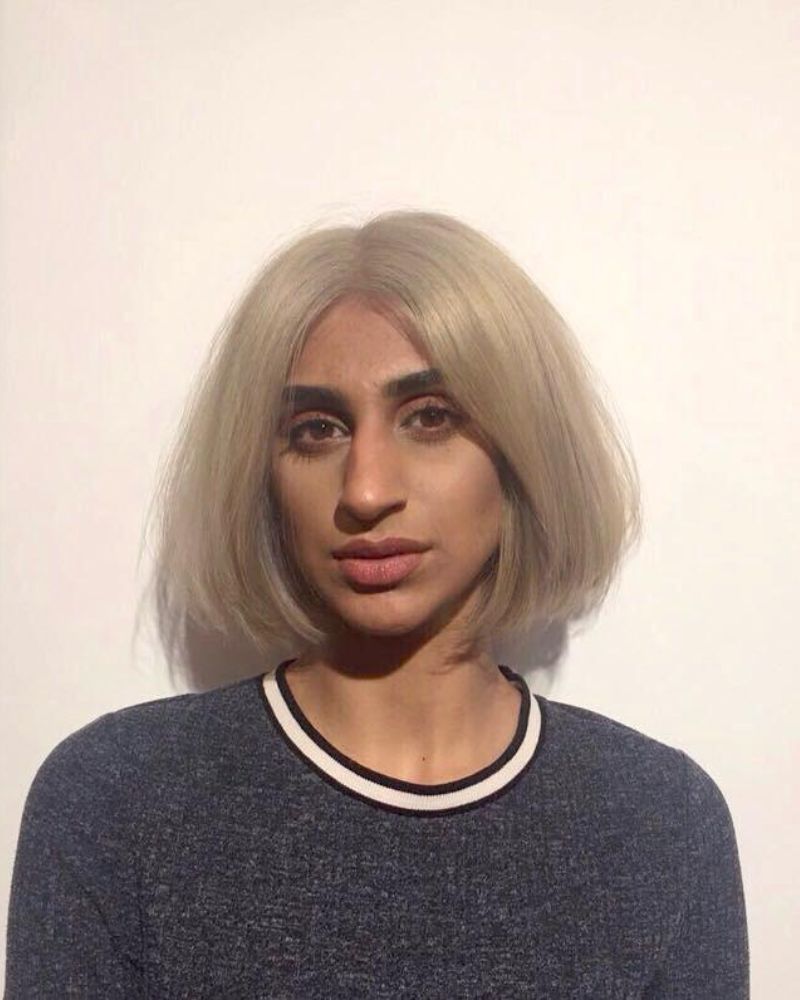
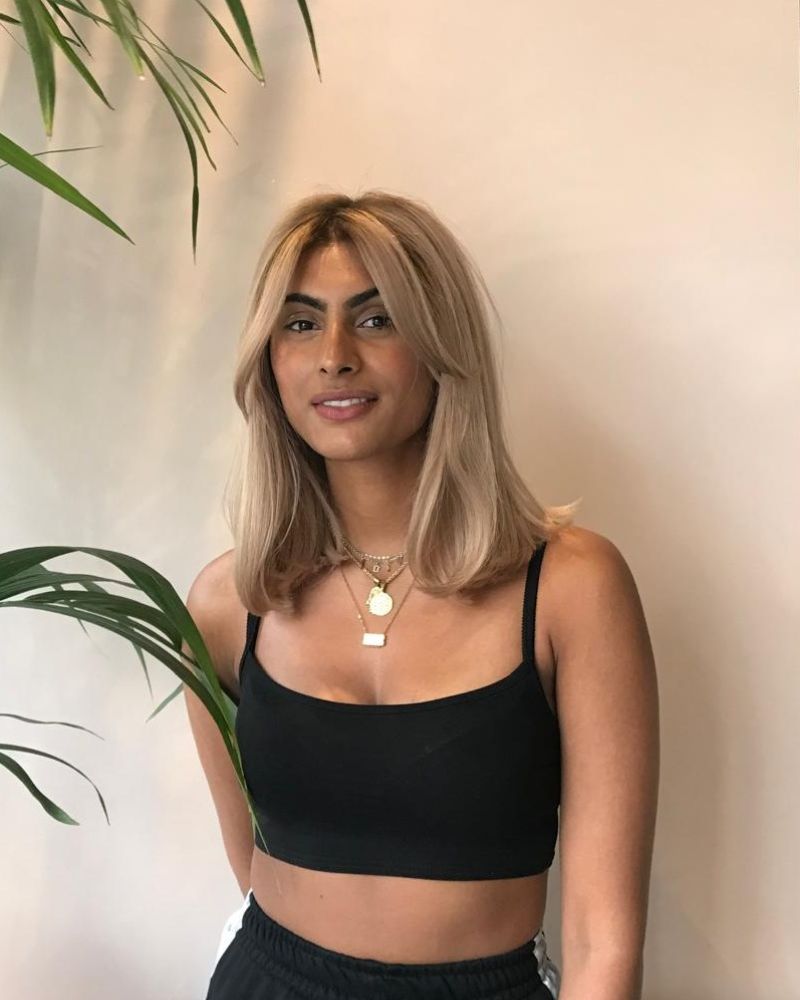


That depends on your skin tone and again, it’s about balance. Toners will be added to your balayage to create the overall colour you’re wanting. There’s no hair colour that balayage doesn’t work on, it’s all about taking into account any previous dying treatment as well as skin tone. For example, “For Indian or Middle Eastern clients, I often recommend beige over ash,” says Declan. “Ash tones can make a lot of skin look washed out (see first and third images above). Beige or golden tones feel warmer and more flattering (see second image).”
The rule of thumb is this: warm tones = healthier-looking hair. “The ash trend has had its moment. Now it’s all about those golden, buttery vibes again.”
Wait - What’s a toner, and why do I need one?
“Toning is a massive part of the balayage process,” explains Declan. “It’s what gives your colour its personality.”
In short:
Toners are essential for customising your colour
They help tone down brassiness or add depth and warmth
You’ll need one after lightening, and regularly if you want to maintain your colour
They can also be used as a quick refresh between bigger appointments
“There are two types of toners,” says Declan. “Neutralising toners remove unwanted tones – like brassy orange or yellow. Enhancing toners add pigment – so we can dial up gold, copper or beige, depending on the look you want.”
The best part? You don’t need to lighten your hair every time you want a refresh. “Most clients come back for a toner every 8-12 weeks. It keeps things fresh without the damage.”
Final tips before booking a balayage
- It’s a journey, not a one-off – “Balayage builds up over time. If you want a major transformation in one go, you’re probably looking at a full colour or correction service.”
- Maintenance still matters – “You’ll need a toner or gloss every 8-12 weeks to keep things fresh.”
- Consultations are your best friend – “Always book one, especially if you’re going for a big change. It helps avoid disappointment – for both of us!
- Hair health comes first – “If you’re on a hair recovery journey, consider clip-in balayage extensions to test out the look without chemicals.”
Still not sure what to book? Drop in for a free consultation at Blue Tit. We’ll help you figure out what’s possible – and what’ll make you feel amazing.
Quick-fire FAQ’s on Balayage
How long does a balayage take? 1.5hrs
How long does foilyage take? 2 hours
Does balayage damage the hair? It is a dying process so there is a level of damage but by using Oway you’re limiting the damage considerably.
Patch test needed? Yes
Can balayage be done on dyed hair? Yes but results can vary
Can balayage be done without bleach? No
Can balayage cover grey? It doesn’t cover grey but it can camouflage grey. Sarah Jessica Parker is a great example of grey blending.
Can you balayage hair extensions? Yes, a great non-chemical way of adding light to your hair.
Does balayage dry out hair? With any colouring service there is a risk of drying, but using Oway will reduce this as much as possible.
Does balayage fade over time? Yes, toning is a way of keeping balayage fresh.
TL;DR: The Balayage Breakdown
- Balayage = technique, not a look. It’s hand-painted colour that builds up gradually for a soft, sun-kissed effect.
- Highlights = more contrast and upkeep. Think foils, high lift and stronger regrowth.
- Foilyage = the in-between. A mix of balayage and highlights for brighter, cleaner results in fewer sessions.
- It’s low-maintenance – but not no-maintenance. You’ll still need toners every 8-12 weeks to keep things fresh.
- Toning is key. It neutralises brassy tones or enhances warmth and shine.
- Balayage suits most people. Especially those after a natural, healthy-looking glow with minimal upkeep.
- Going grey? Balayage is your friend – perfect for blending and softening, not covering.
- Hair health worries? Extensions or traditional balayage are gentler ways to try colour without the full commitment.
- Easiest colours to wear. Warm, golden and beige tones tend to be more flattering (and healthier-looking) than ashy shades.
- Not sure what to book? Book a consultation. It’s free – and essential if you’re going for a big colour change.

Declan Haworth: With over 20 years in the industry, Declan’s passion for hairdressing stems from its ever-evolving nature. As a Level 5 Stylist, Colour & Technical Director and hair educator at Blue Tit London, he champions continuous learning, drawing inspiration from fellow stylists and fresh talent. Specialising in editorial and session styling, he thrives on creative challenges and problem-solving. Declan also leads Blue Tit’s global creative direction for Oway. Book an appointment with him at Blue Tit Dalston.
